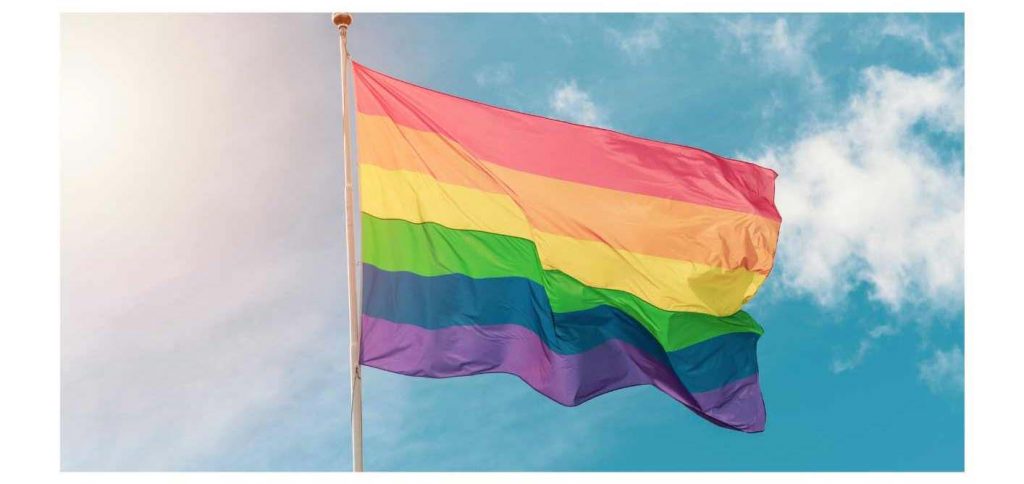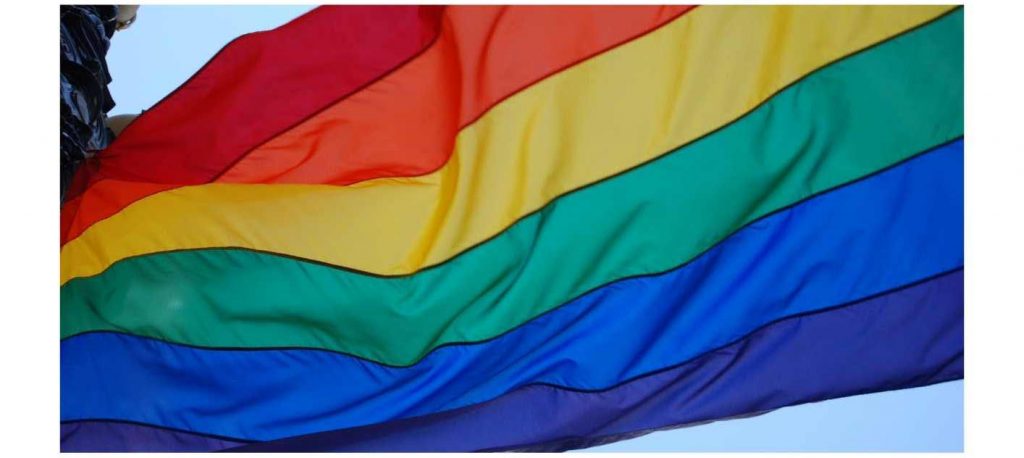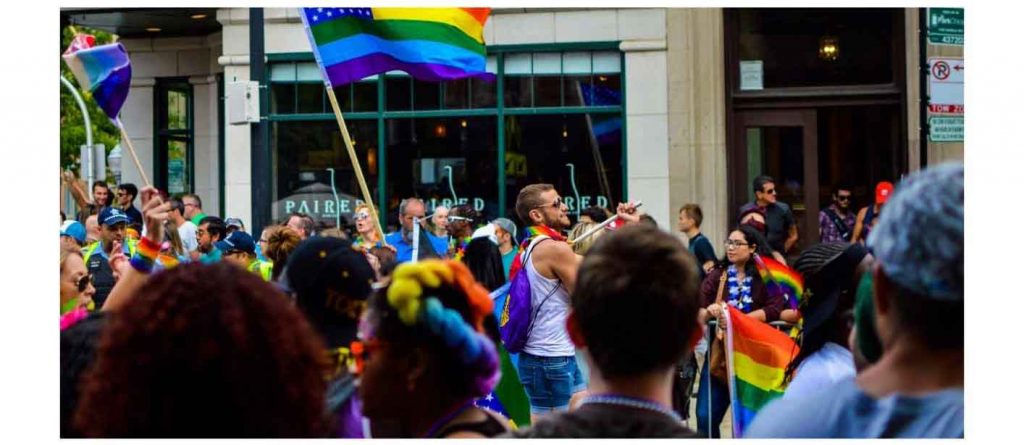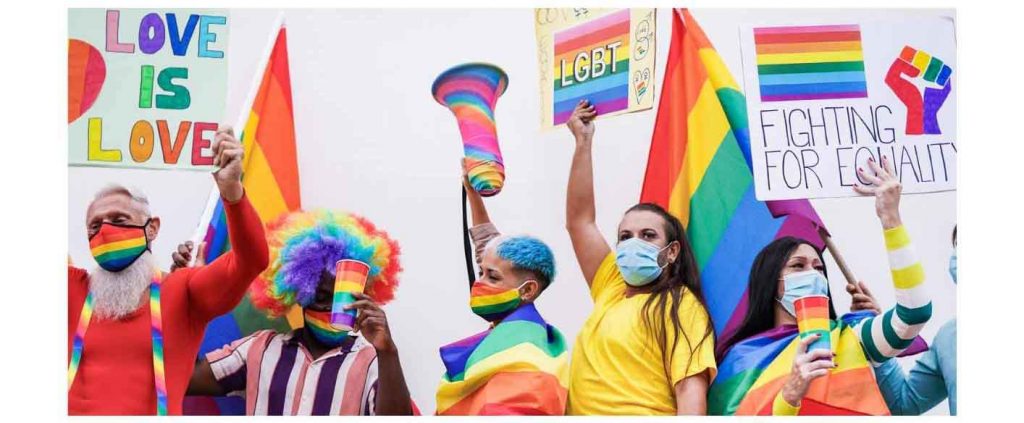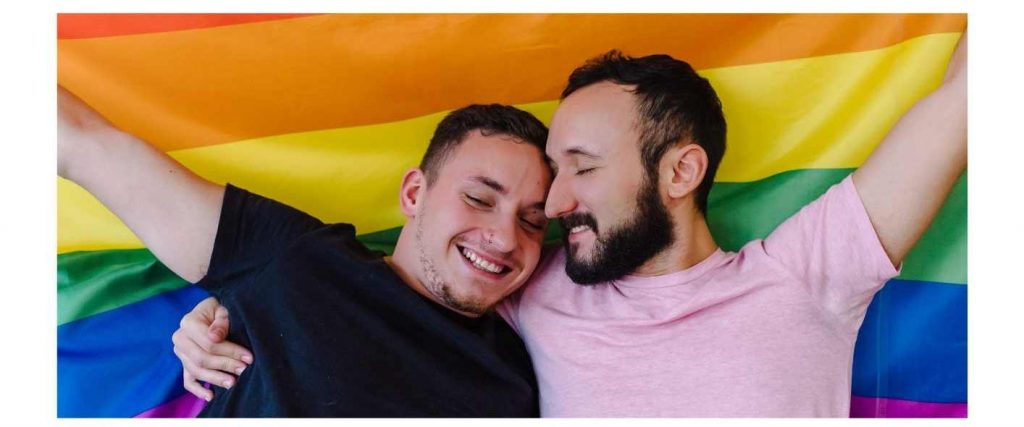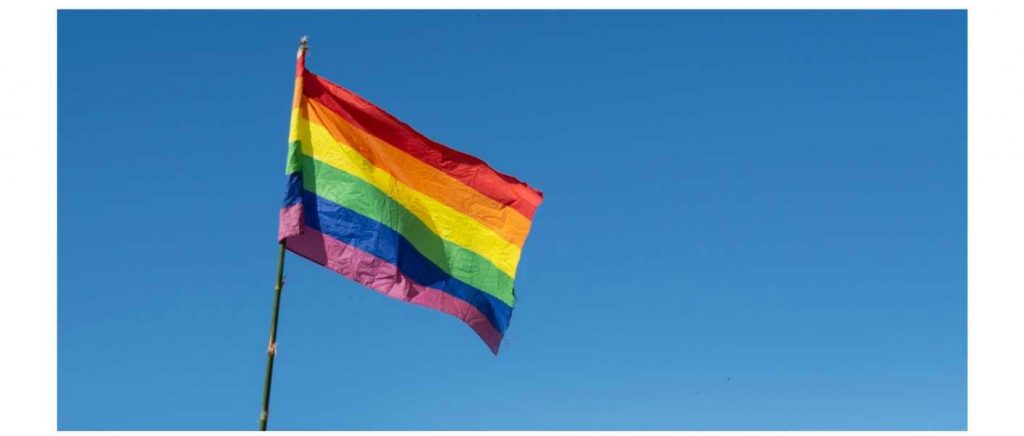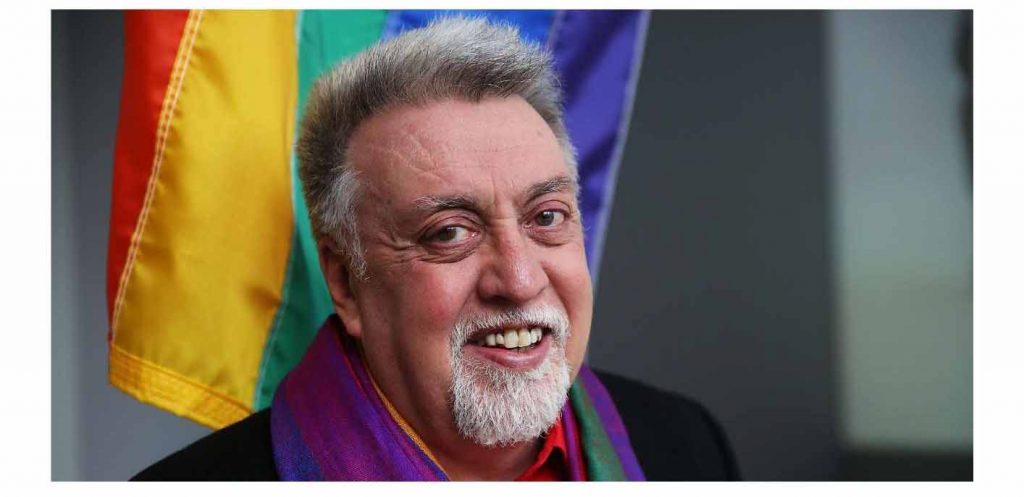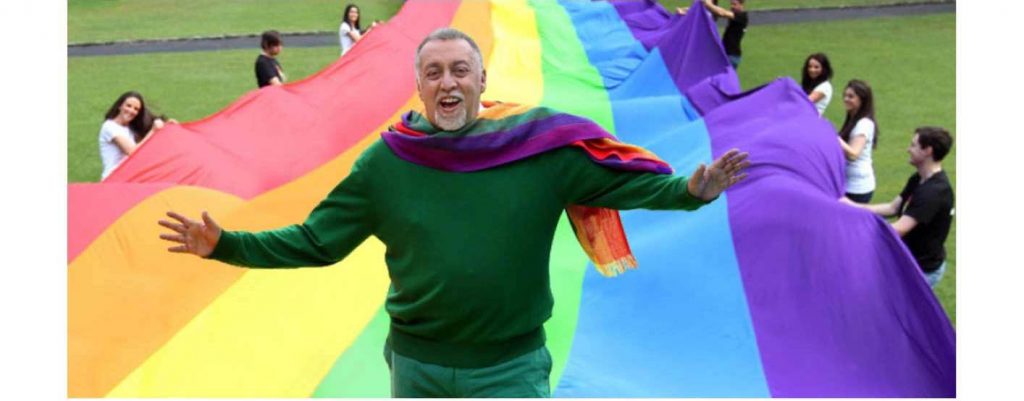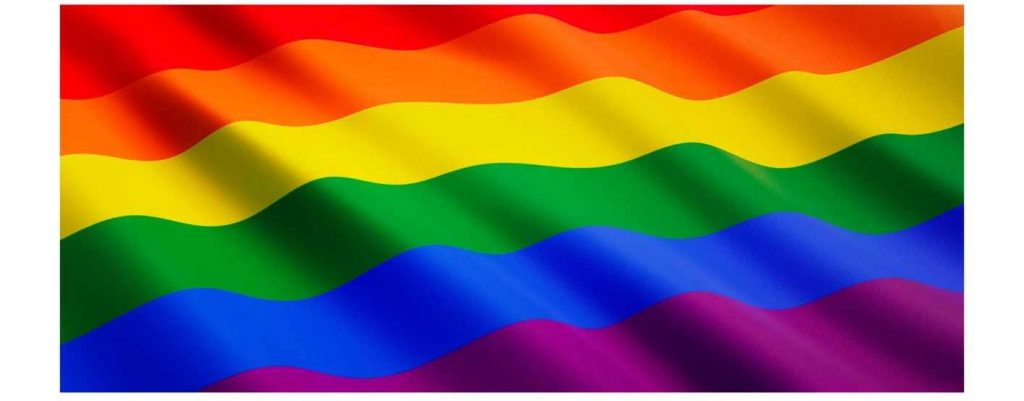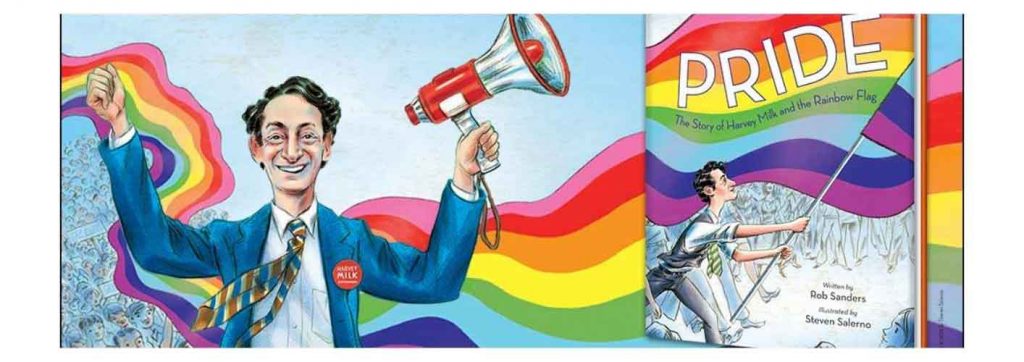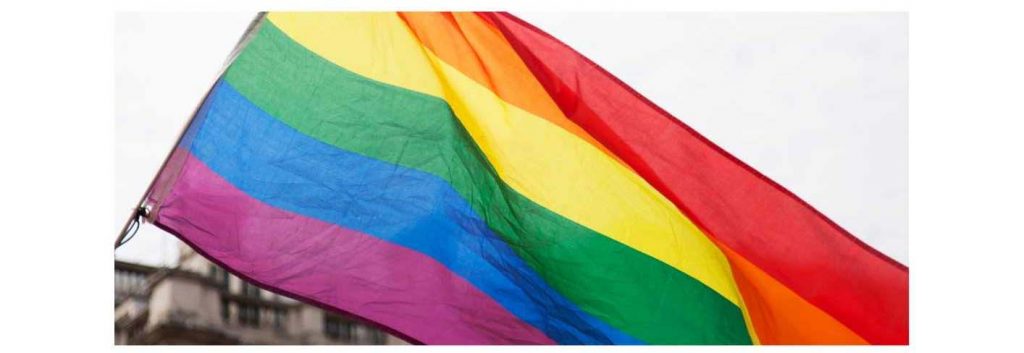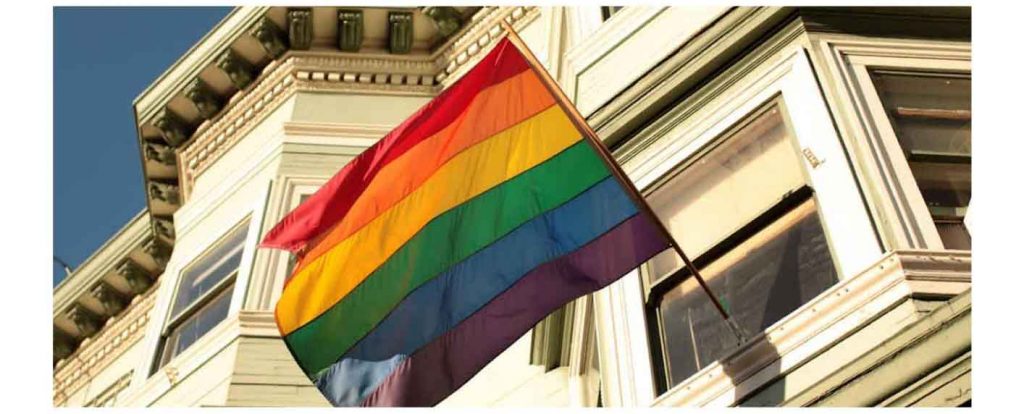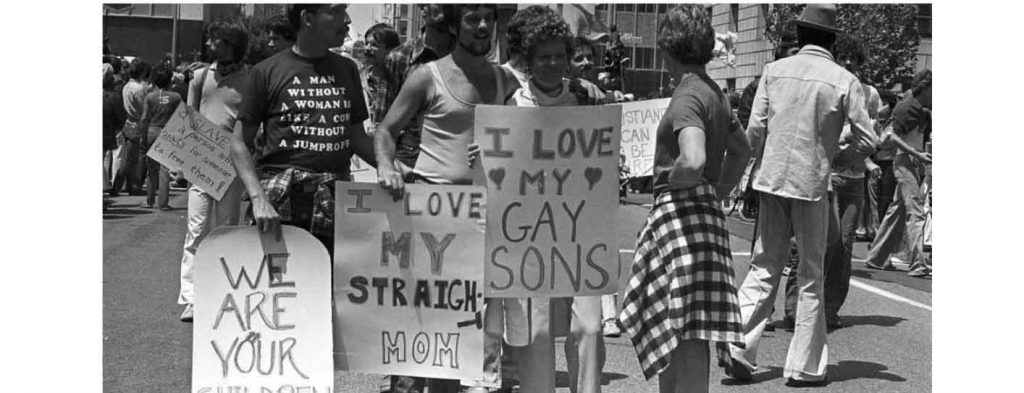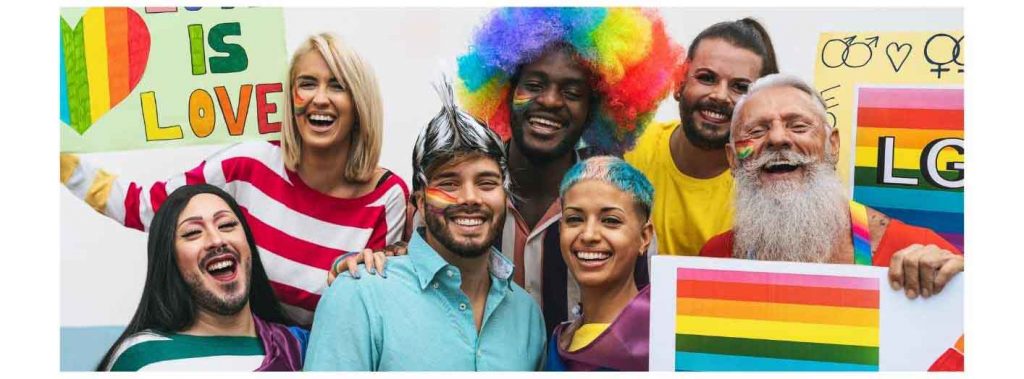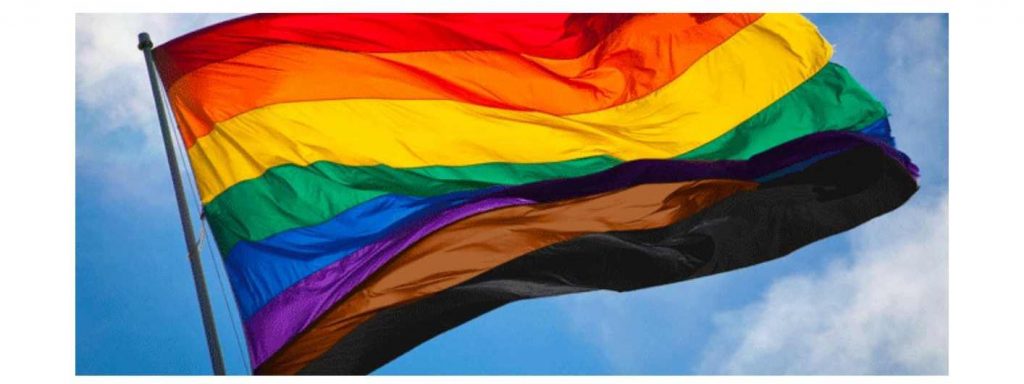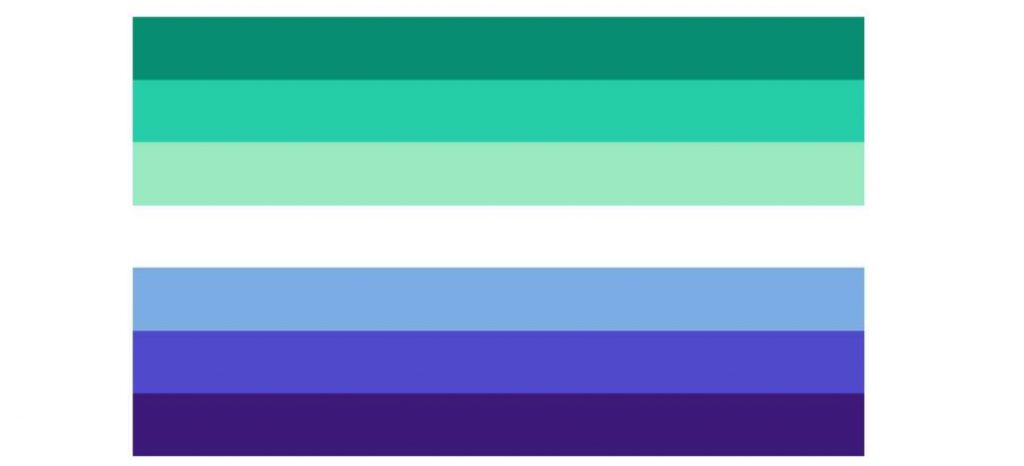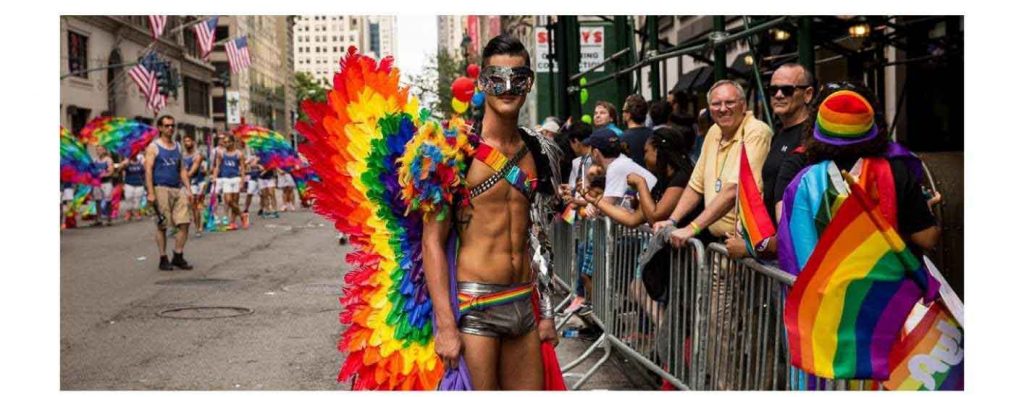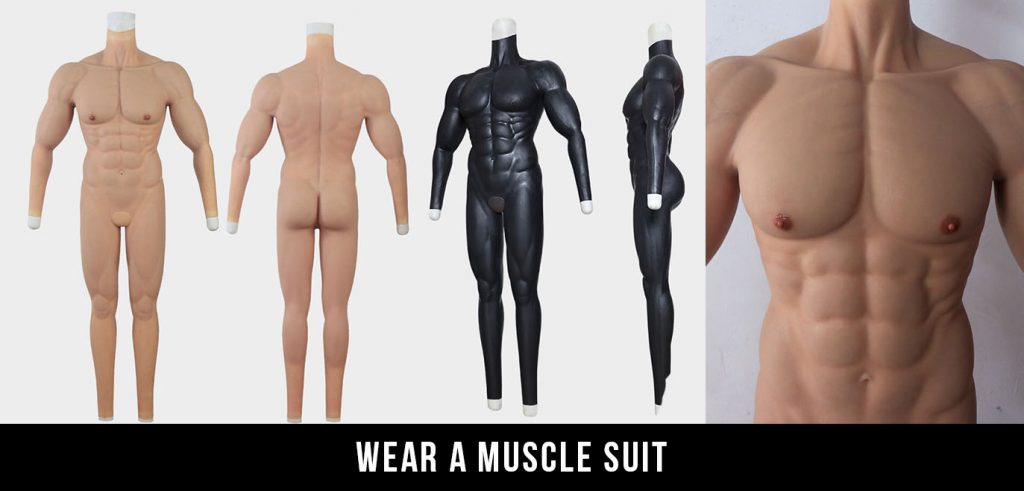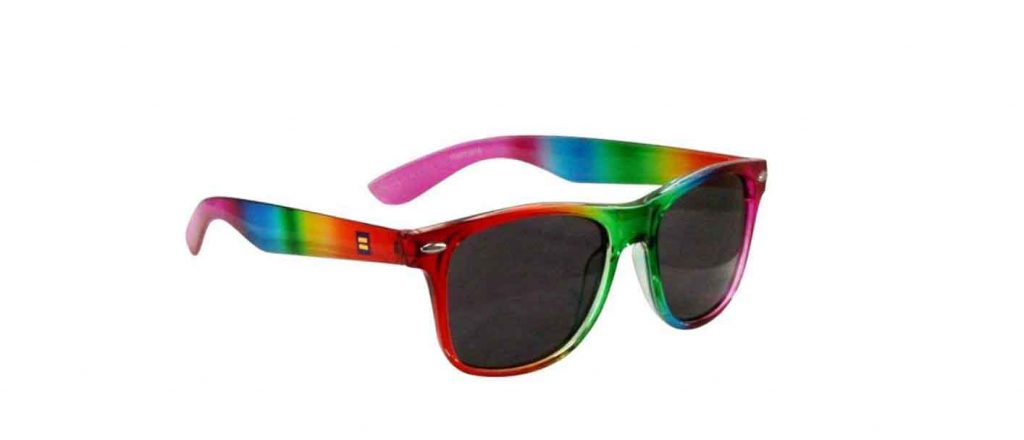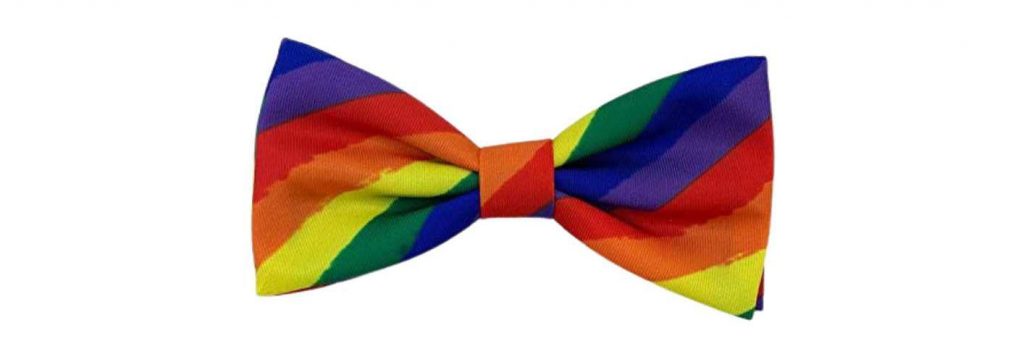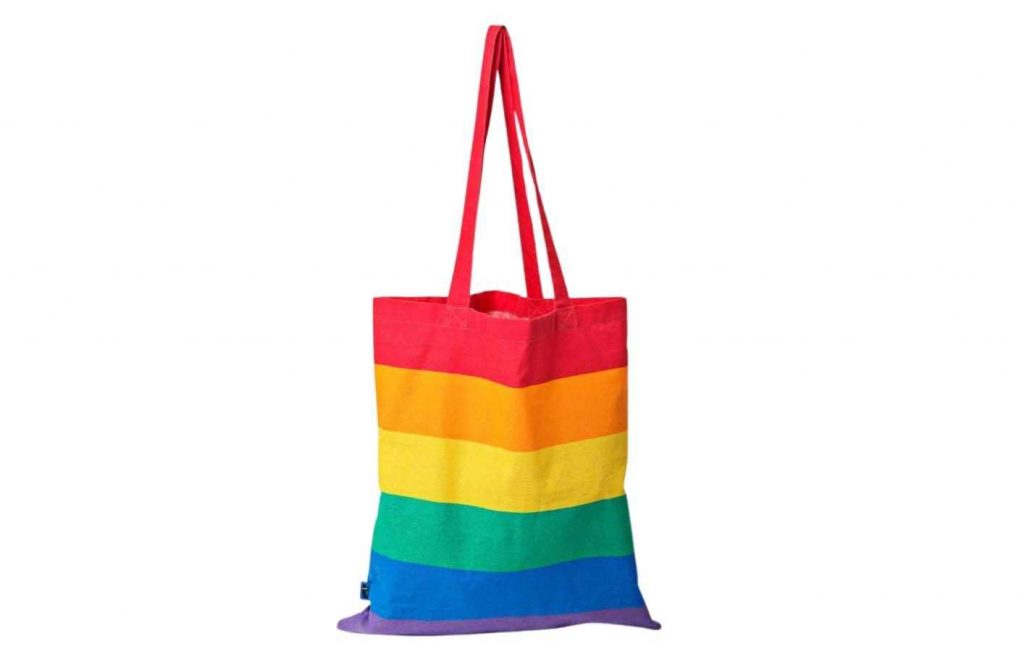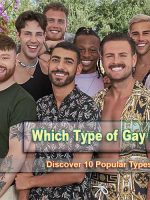What is the rainbow flag? The rainbow flag is a symbol of LGBT pride and diversity. It was created by artist Gilbert Baker in 1978 and has been widely used ever since.
It represents the lesbian, gay, bisexual, and transgender community (LGBT) and all other marginalized groups and stands for inclusion and equality.
This blog post will discuss the history of the rainbow flag and why it has become such an iconic symbol for the LGBT community.
What does the rainbow flag mean?
The rainbow flag symbolizes queer identity, diversity, and solidarity. It has become synonymous with LGBT representation, replacing prior symbols such as the pink triangle and lambda letter.
The flag has become a tool for LGBT activists to create public awareness and political statements supporting gay rights in recent years. The rainbow flag holds cultural, political, and historical significance for the LGBTQ community across the globe.
It's a significant part of the queer community because:
- It's a message of hope, liberation, and diversity for queer people worldwide.
- It's a symbol of the LGBT community's social movements.
- It acts as a symbol of solidarity for LGBTQ human rights and tolerance to people of all ages, races, and gender.
How Did the Rainbow Flag Become an LGBT Symbol?
To the LGBT movement, the rainbow flag symbolizes unity for the queer community across the globe. So, how did the rainbow flag come to be?
Origin of the Rainbow Flag
The rainbow flag traces its roots to the 1970s during the LGBT social movements.
Harvey Milk, an openly gay elected official, appointed Gilbert Baker to create a symbol of pride for the queer community. Gilbert Baker was an army veteran who had served in the Vietnam War for two years, a drag queen, and a social activist. Malik commissioned Baker to design a symbol of pride for the gay community. Baker decided to use a flag because he viewed flags as powerful symbols of pride. Baker and his compatriots may have borrowed the idea of a flag as a symbol of pride from America, reeling from the end of the Vietnam War and the disgraceful resignation of a president who used the national flag to summon the spirit of patriotism from the American public.
The rainbow flag imitates how natural, diverse, and colorful a rainbow is in its natural state. The first two original rainbow flags commissioned by the fledgling committee were hand-stitched by a group of volunteers, including Faerie Argyle Rainbow, an official known as Lynn Segerblom, who is credited for creating the dyeing process for the original flags.
The dark history of the LGBT community's representation symbol
The rainbow flags have a colorful, inspiring, and tragic history. Before Gilbert Baker designed the flag in 1978, the LGBTQ community used the pink triangle symbol.
However, the Pink triangle symbol had a painful past for queer people because of its association with the Nazi regime. Adolph Hitler and his cronies used the pink triangle symbol to stigmatize members of the queer community during World War II. To close over a dark chapter, the queer community embraced the idea of a rainbow flag as a new symbol of visibility.
Why Gilbert Baker created the rainbow flag
Baker created the first rainbow flag, which has become the world's most recognized flag representing the LGBT community.
For a long time, the LGBT community had no unique symbol representing their presence and voice. The pink triangle held a painful past for the LGBT community because of its association with the Nazi regime. At the same time, the Greek lambda symbol had a lukewarm reception from the community.
Baker wanted to create a symbol that was uniquely queer and that represented the hope, diversity, and liberation of the queer community worldwide.
What do the colors of the rainbow flag mean?
Each color of the eight-stripe flag had a special meaning. The eight colors on the rainbow flag have a specific purpose.
- The hot pink stripe at the top of the flag represents sexual freedom.
- The Red stripe symbolizes life.
- Violet embodies the spirit.
- The orange stripe symbolizes healing for LGBT people.
- Yellow indicates sunlight.
- Green shows that queerness is natural.
- Turquoise stripe means the magic and art of queer people.
- Lastly, Indigo symbolizes serenity and harmony for the LGBT people.
Unveiling of the original rainbow flags
The original rainbow flag was first displayed in public in the San Francisco gay freedom day parade in 1978. The original rainbow flag was an eight-stipe flag, where each stripe color had a specific meaning.
Seven-stripe rainbow flags version
While the demand for the rainbow flag was high during its launch in 1978, the demand skyrocketed following the assassination of San Francisco gay activist Harvey Milk.
Baker stopped using the hot pink stripe because the material wasn't easily accessible, reducing the rainbow flag to seven stripes. The Paramount flag company also stopped using the hot pink lines flanking because of the unavailability of the material.
Six-stripe rainbow flag version
In 1979, Baker dropped the turquoise stripe to evenly split the rainbow pride flag on street lamps during a parade route.
The six-stripes rainbow pride flag has been widely accepted as the standard flag for future production. It contains red, orange, yellow, green, blue, and Violet.
National wide attention
The rainbow flags received nationwide attention in 1989 when John Stout, a local activist, sued his landlord for forbidding him to hang a rainbow flag on his balcony.
Stout won the case, which validated the LBGT movement's fight for liberation and recognition.
Remnants of original rainbow flags
The only known surviving remnant of the two inaugural rainbow flags raised in 1978 was discovered in 2021. The GLBT Historical Society received remnants of the first original rainbow pride flag displayed at the San Francisco gay freedom parade in 1978.
For members of the LGBTQ movement, the rediscovered piece of the original rainbow pride flag carries a cultural, historical, and sentimental significance because the artifact is a physical reminder of their legacy.
Other LGBTQ Pride Flags and what they mean
The rainbow pride flag is the most widely recognized LGBTQ flag, but it's not the only flag with significance in the LGBTQ community. While the rainbow represents queer people under an umbrella flag, individual groups in the LGBTQ term have created flags to symbolize their presence and voices.
Other flags in the LGBTQ community include:
· Progress pride flag
The progress pride flag emphasizes the oneness of the LGBTQ people by integrating all queer flags into one.
The flag integrates the trans flag and contains black and brown stripes to represent queer people of color and people living with the stigma of HIV/AIDS.
· Gay pride flag
The flag includes shades of blue, green, and purple stripes to represent all gay men.
The gay pride flag represents all men on a queer spectrum, including gender-nonconforming men, intersex, and trans.
What else can I bring to the Pride Parade beside the rainbow flag?
A rainbow flag is one of the most visible representations of the gay community, but it's not the only one. Other representative items you can use include:
· A colorful and fabulous outfit
Wear clothes that make you stand out as a gay person. Pack something spectacular, colorful, and bold.
If you want to impress people at a pride parade with an impressive toned-up body, you can wear a muscle suit below your fabulous fit to gain muscles quickly.
· Rainbow sunglasses
Rainbow sunglasses can increase your cool factor, make you approachable, and protect your eyes on a sunny day.
Alternatively, you can wear a face mask to cover your face and party under the sun.
· Dazzle with a fabulous bow tie
A rainbow-colored bow tie sets you apart as a fashion-conscious queer. You can wear it for formal pride balls, a parade, or as part of your daily wear.
· Rainbow bag
An excellent backpack covered in rainbow colors to carry your things is handy because it identifies you with the LGBT community, helps you keep your things organized and safe, and symbolizes your support for the gay agenda.
Conclusion
The rainbow flag is a symbol of oneness for the entire queer community. It's an umbrella banner that holds cultural and political significance for the global liberation and protection of gay rights.

